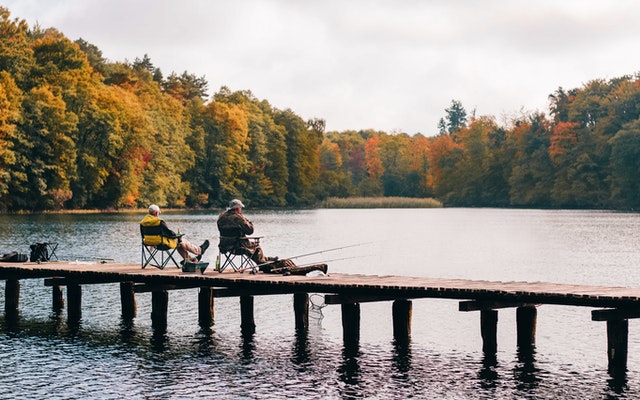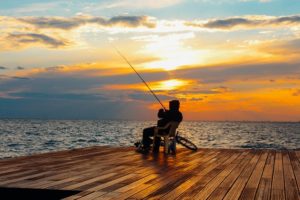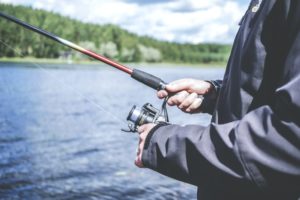How to Catch Sheepshead

Do you need a colorado fishing license to fish? Sheepsheads are incredibly structure-oriented fish, preferring especially buildings with significant amounts of barnacles or oyster beds. They are water tolerant and can often be seen in brackish water areas and occasionally even stay for short periods in freshwater ponds and streams.
Sheepshead feeds primarily on crustaceans, although they may also eat plant material and occasionally small fish. They use their large, rugged teeth to break down these animals’ cubes by biting into them, crushing the shell, and exposing the delicate meat inside.
Location
But how do you find a good pier? Through experience. Only through trial and error will you be able to find genuinely suitable Sheepshead holes. The wonderful thing is that the moment you locate one, it will most likely be a good location for many decades to come. Always take note of the places you fish and note additional information such as wave point, moon phase, water and air temperature, and night time.
Time

Anyone who has fished sheepshead knows they can be very picky. Even featherless hooves will be ignored. What exactly makes a Sheepshead eat? The movement of the tides. At low tide, they eat a little. This probably has to do with their particular diet: small shrimp and crabs are caught during the tide, and barnacles are effective in rough water.
Dropper Rig

Once you’ve found a favorable spot for sheepshead, it’s time to fish for them. When fishing a dropper rig, always keep some tension on the set to feel the bite, which can often be very subtle. A streamer sheepshead will often feed on the bait and eat it right off the hook without the angler noticing. Place the pin on the smallest “bump.” It is often said that the key to fishing for sheepshead is to set the hook until you feel the bite.
